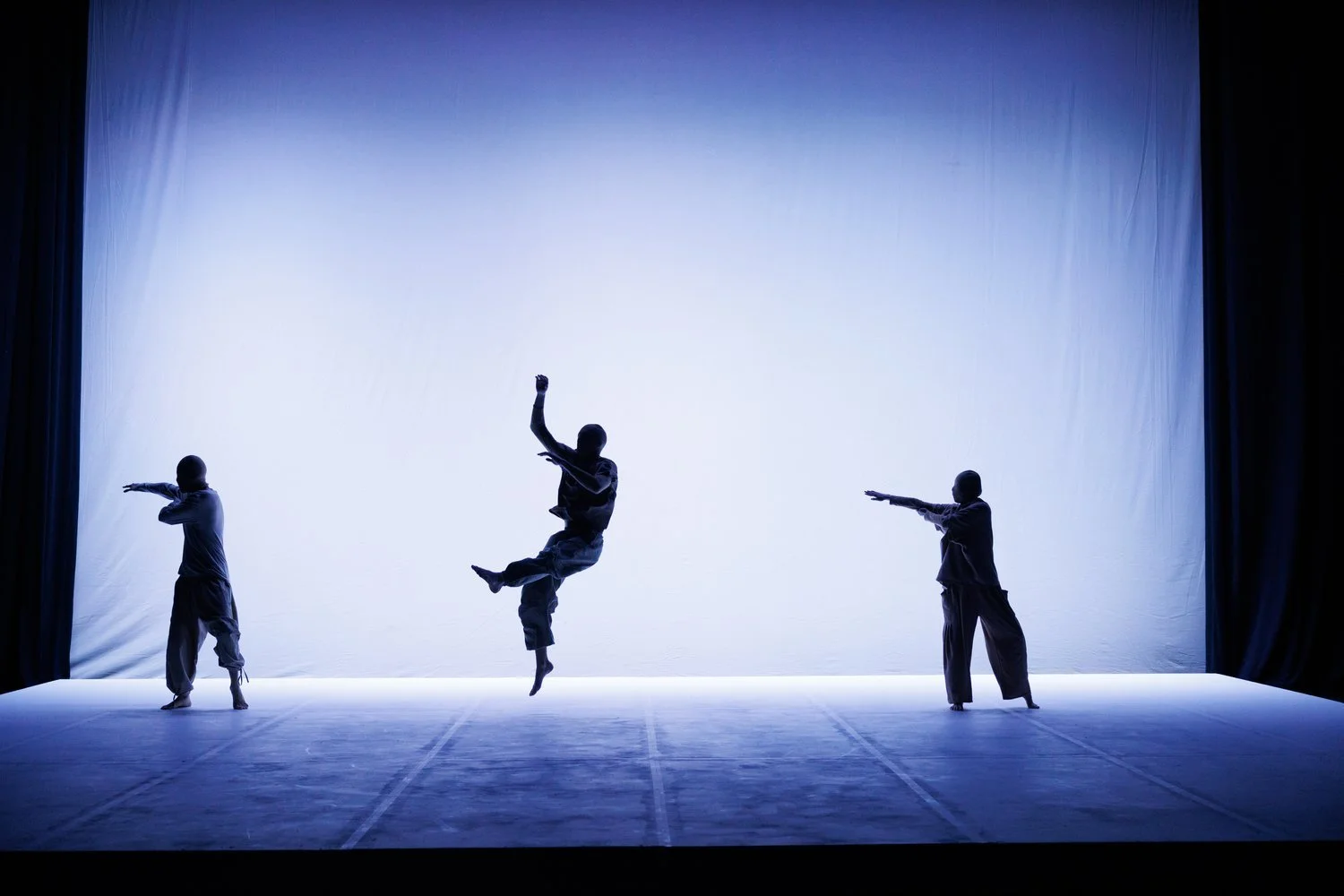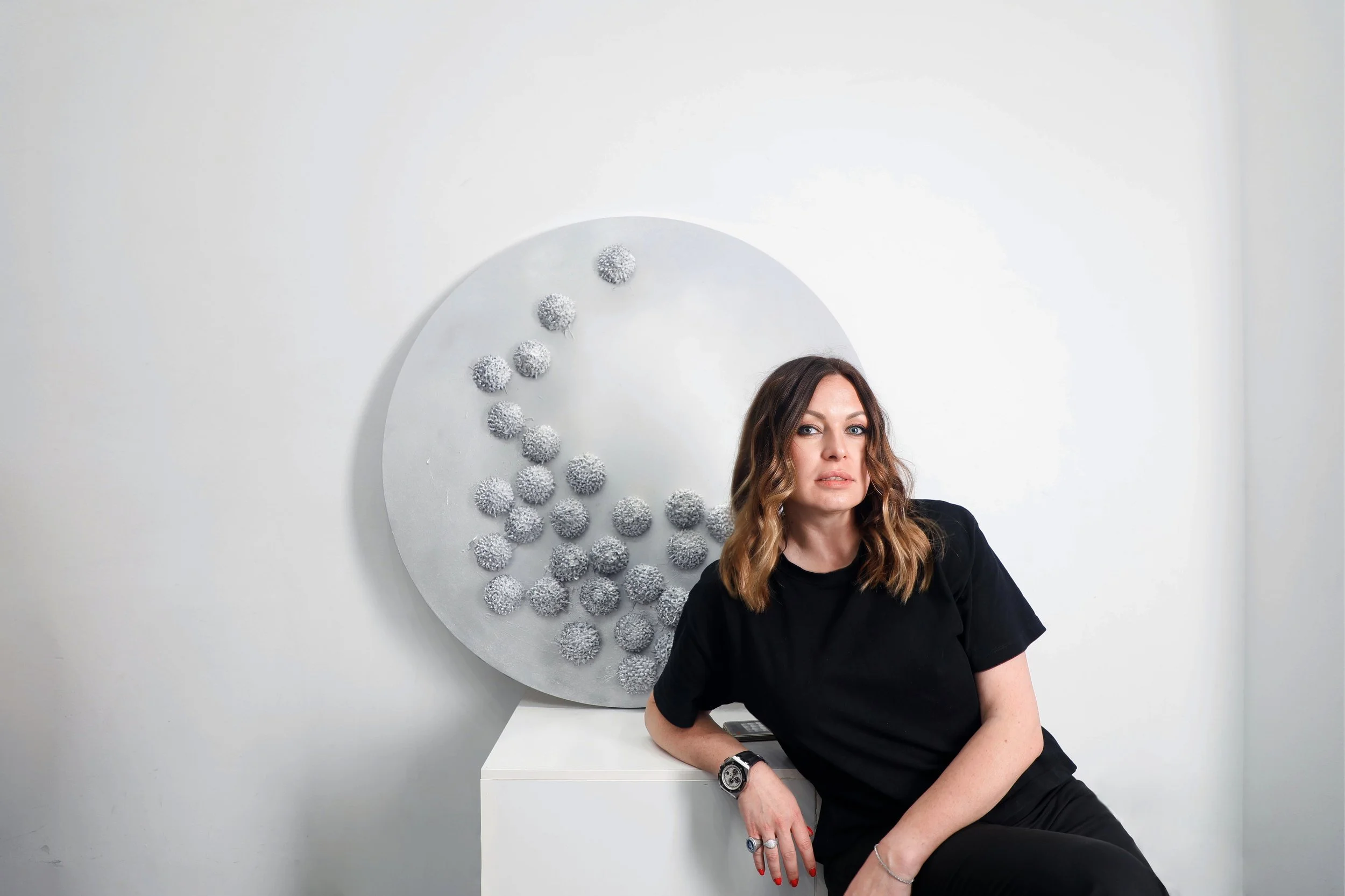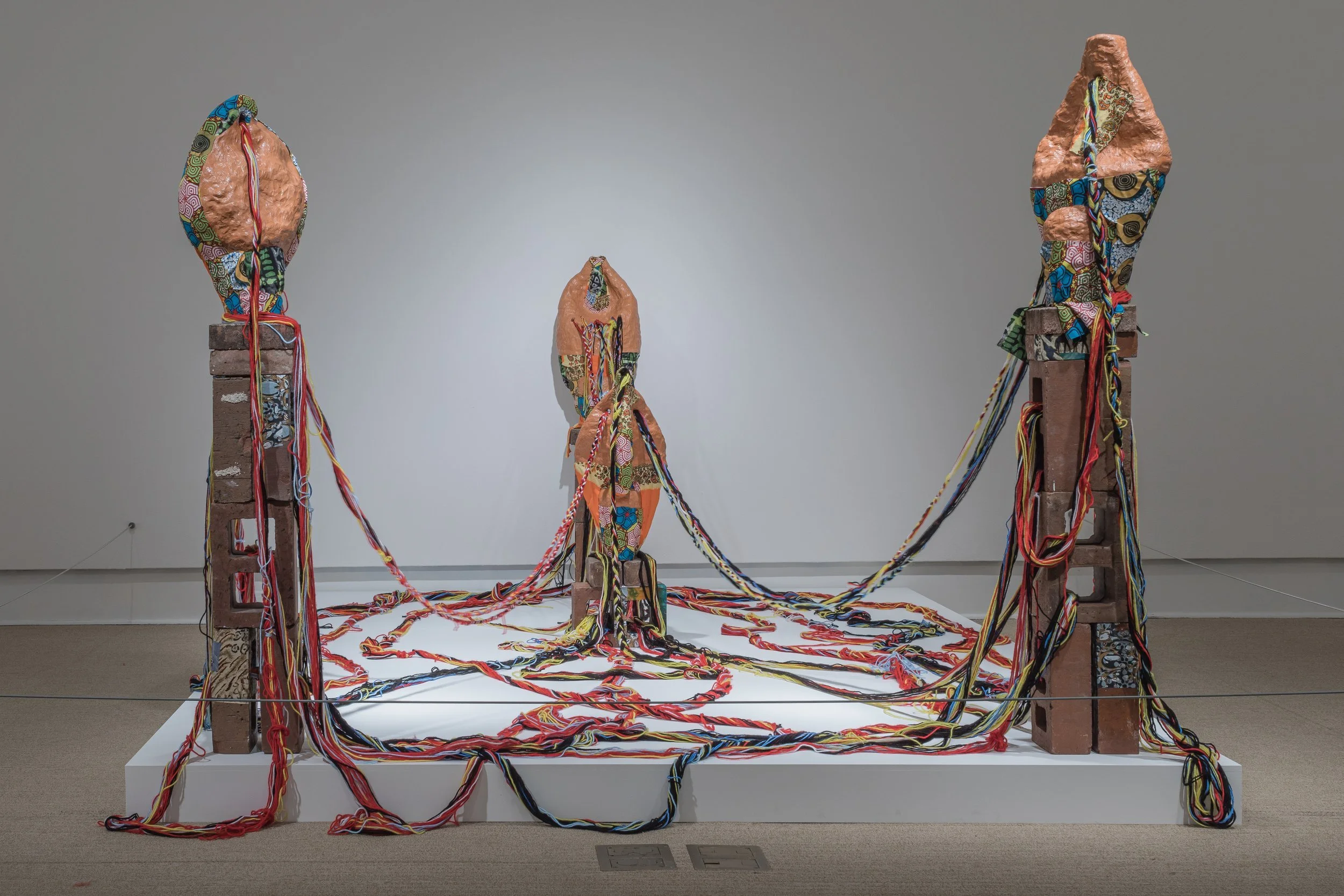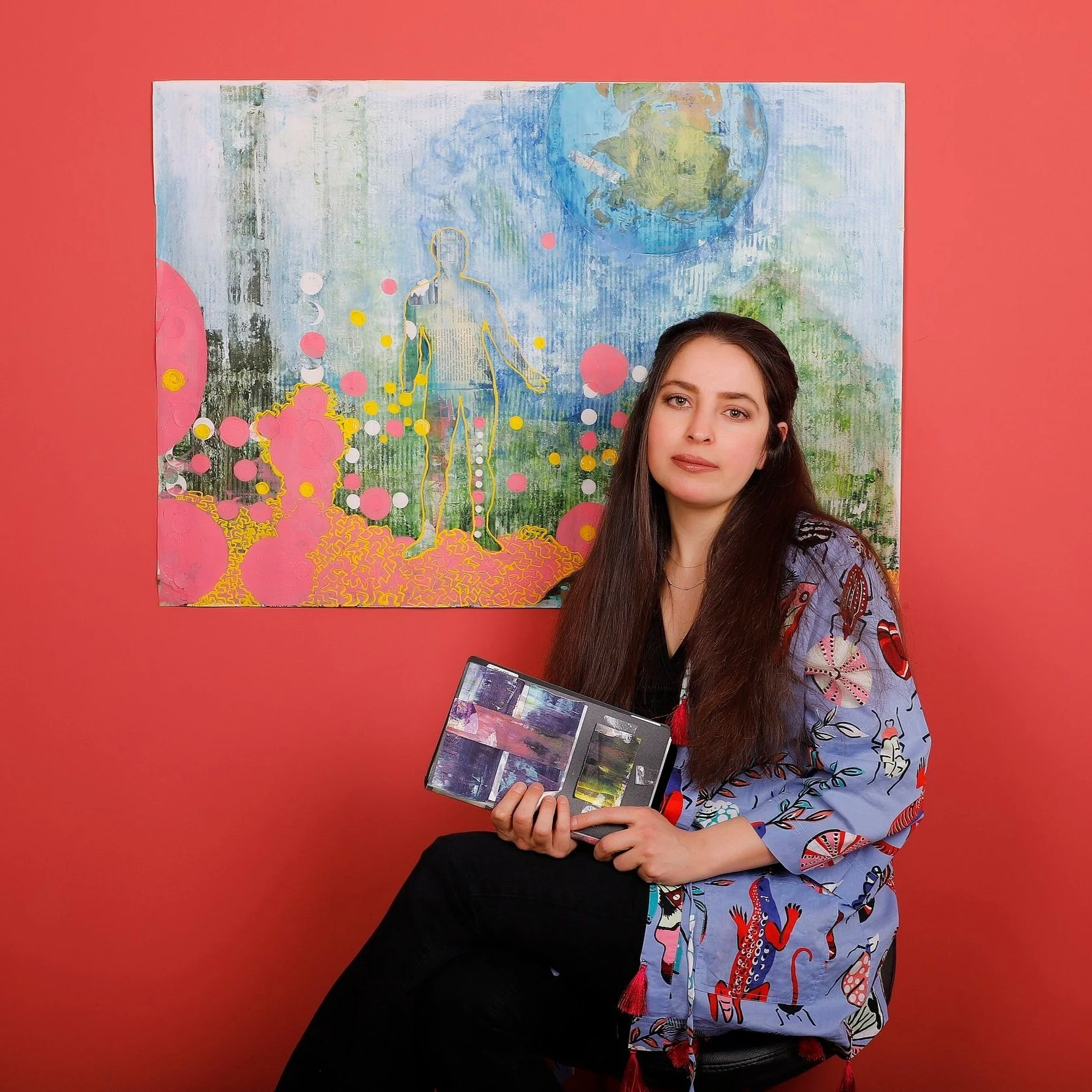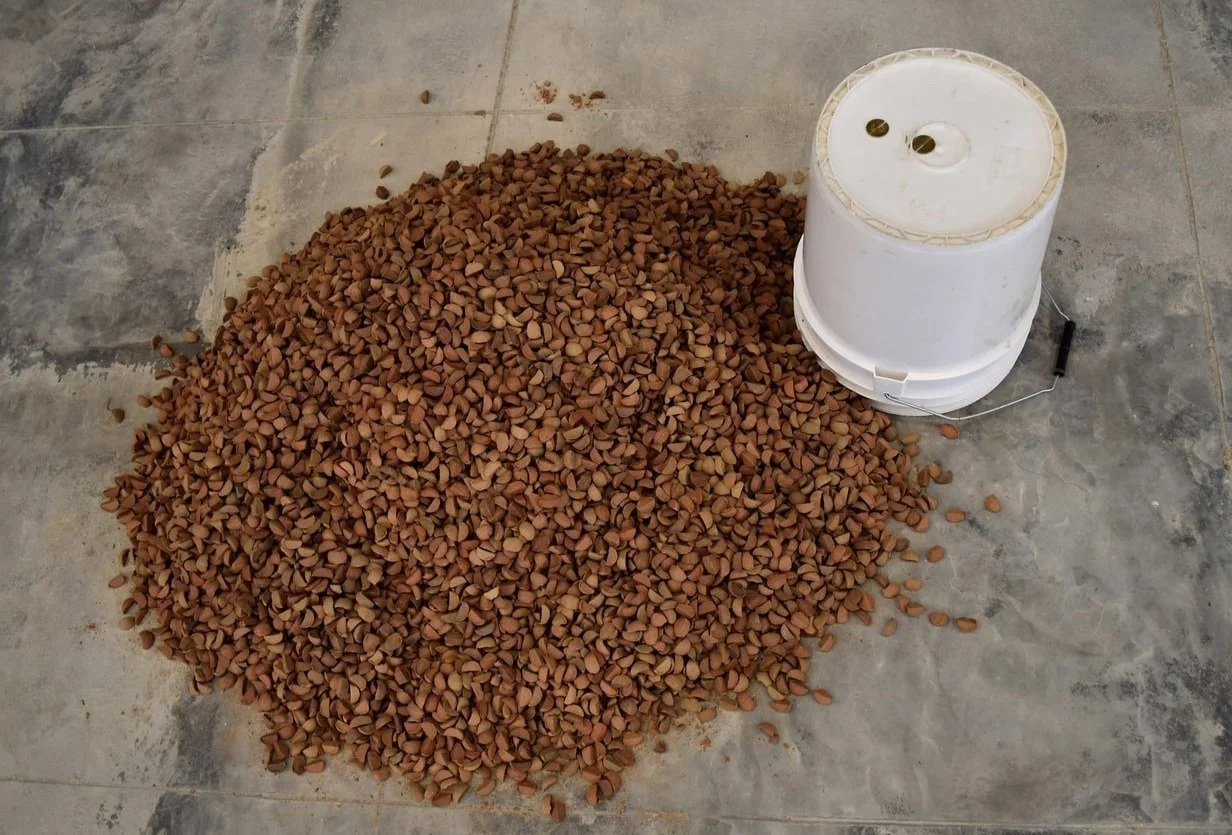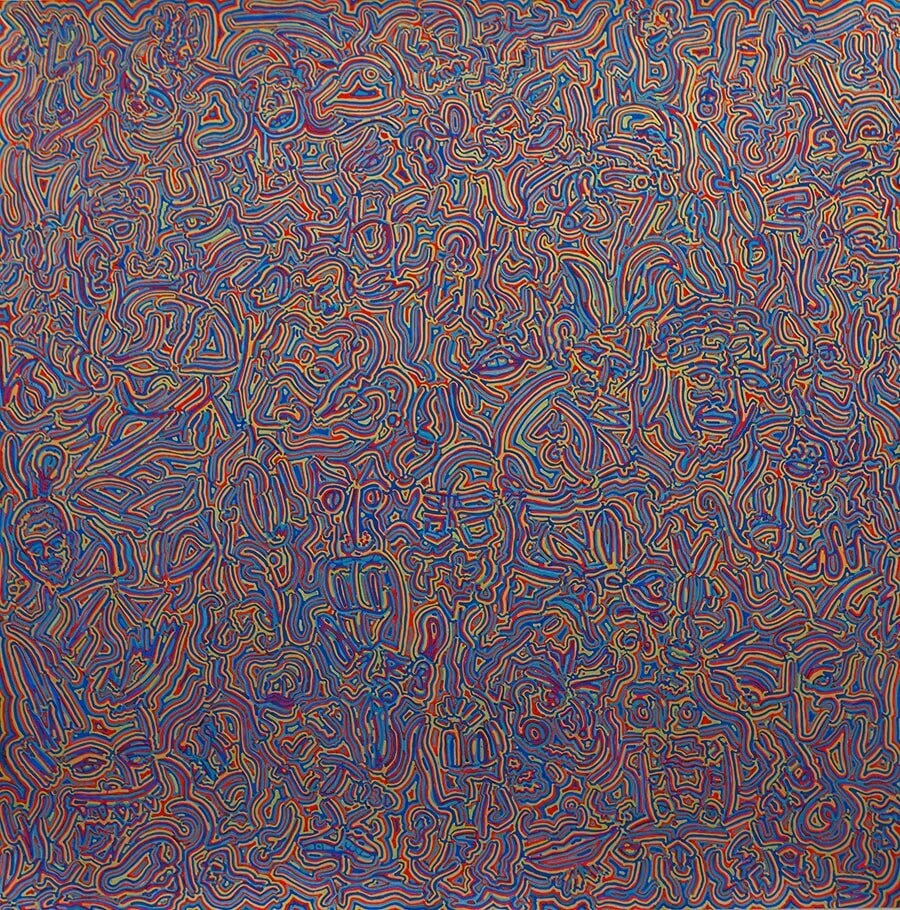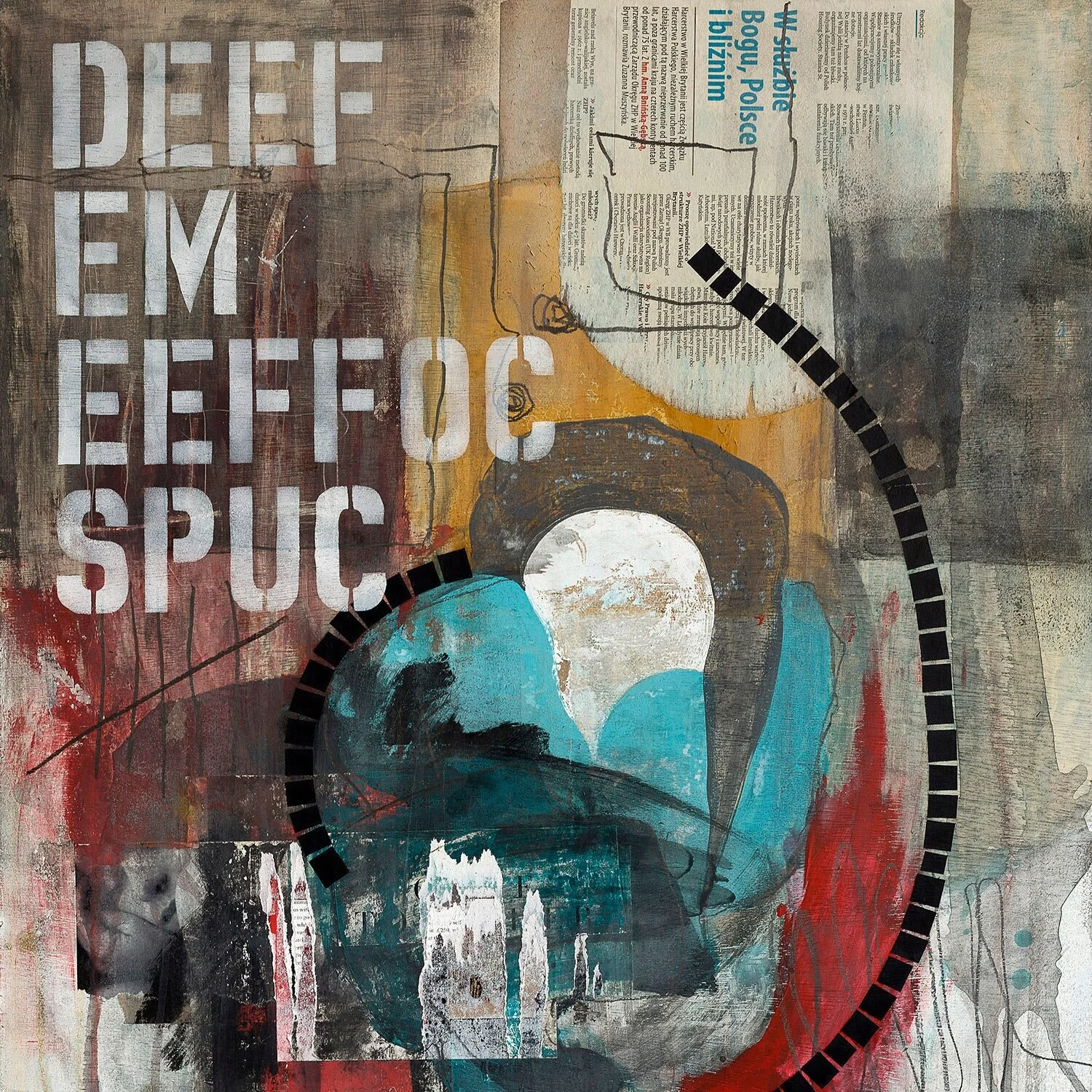INTERVIEW | Judit Bodrogi
Judit Bodrogi, a textile artist from Budapest, uses yarn like other artists use their pencils, drawing on canvas with needle and yarn. Her pictures present the pressures placed on us by our own society. Judit often deals with these deep topics through her own emotions, working and processing her own traumas throughout the art.





